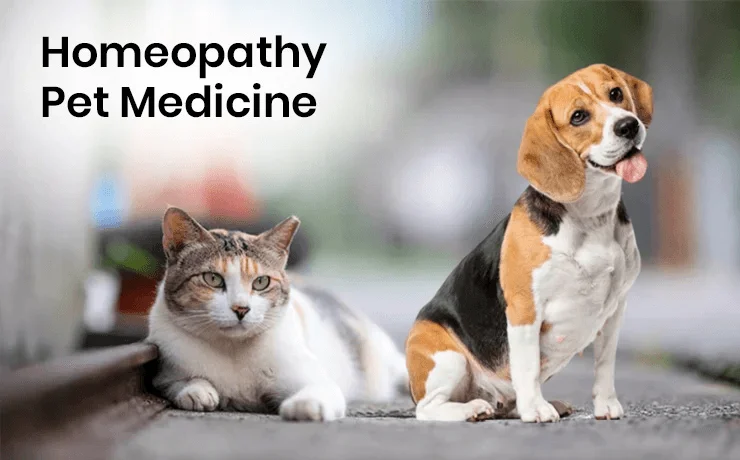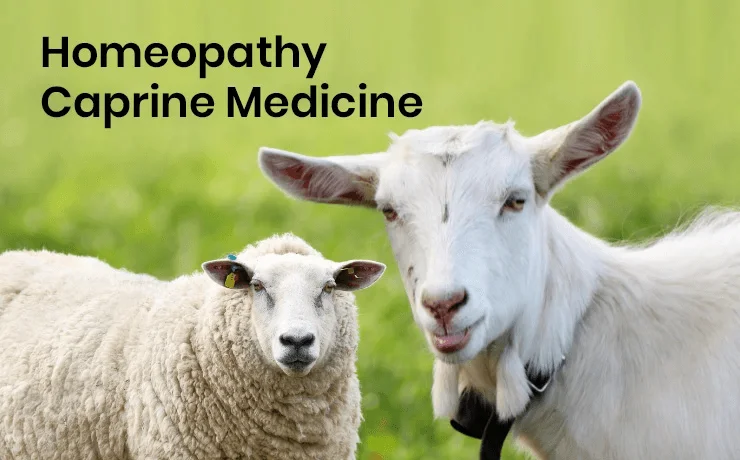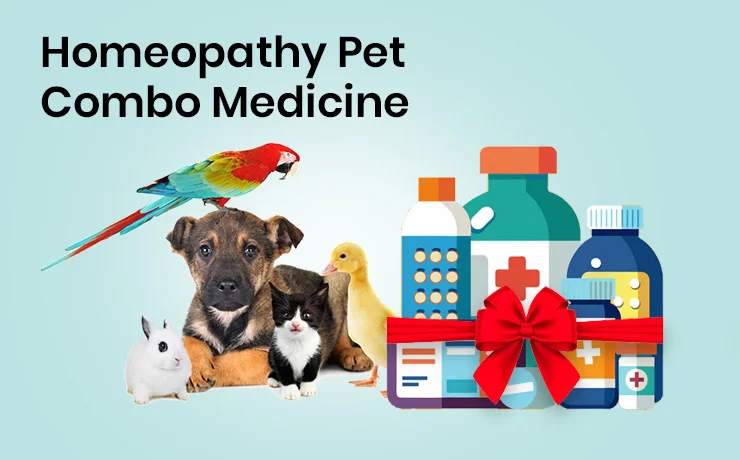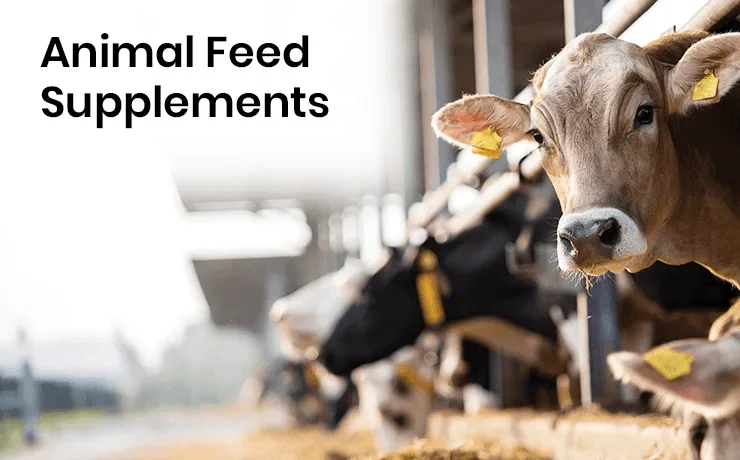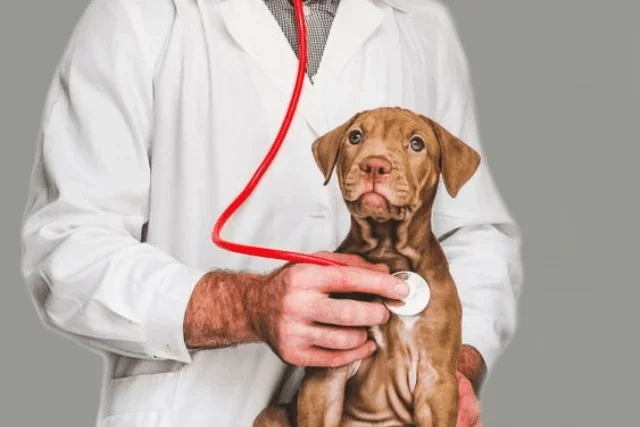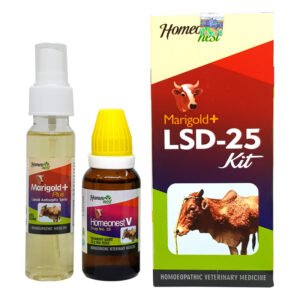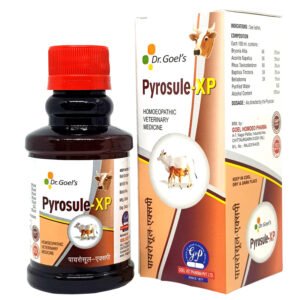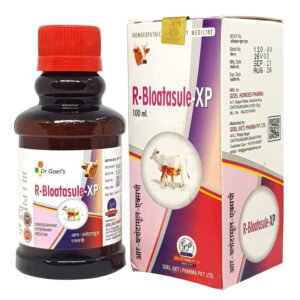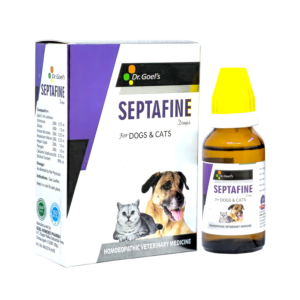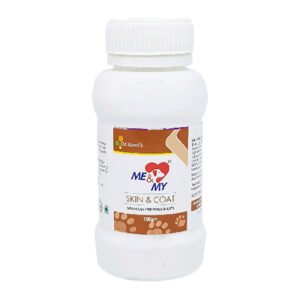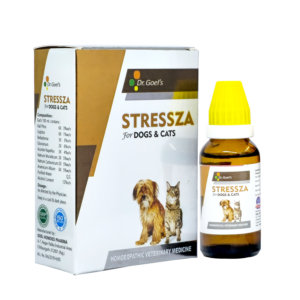Bovine Mastitis And Homeopathic Veterinary Medicine

Bovine mastitis is the persistent, inflammatory reaction of the udder tissue due to physical trauma or microorganisms infections. Mastitis, a potentially fatal mammary gland infection, is the most common disease in dairy cattle in the United States and worldwide. It is also the most costly disease to the dairy industry.
Milk from cows suffering from mastitis has an increased somatic cell count. Prevention and Control of mastitis require consistency in sanitizing the cow barn facilities, proper milking procedures, and segregation of infected animals. Treatment of the disease is usually carried out by penicillin injection in combination with a sulphur drug.
Dr. Sakshi Sharma, MVSc, J & K
What is mastitis?
Mastitis refers to the inflammation of milk-secreting tissues or simply the mammary gland. Mastitis occurs when white blood cells (leukocytes) are released into the mammary gland, usually in response to bacteria invading the teat canal or occasionally by chemical, mechanical, or thermal trauma on the udder. Milk-secreting tissue and various ducts throughout the mammary gland are damaged due to toxins released by the bacteria resulting in reduced milk yield and quality.
How to identify mastitis in cattle?
This disease can be identified by abnormalities in the udder such as swelling, heat, redness, hardness, or pain (if it is clinical). Other indications of mastitis may be abnormalities in milk such as a watery appearance, flakes, or clots. When infected with sub-clinical mastitis, a cow does not show any visible signs of infection or abnormalities in milk or on the udder.
Mastitis causing bacteria
Bacteria that are known to cause mastitis to include:
- Pseudomonas aeruginosa
- Staphylococcus aureus
- Staphylococcus epidermidis
- Streptococcus agalactiae
- Streptococcus uberis
- Brucella melitensis
- Corynebacterium bovis
- Mycoplasma (including Mycoplasma bovis)
- Escherichia coli( coli)
- Klebsiella pneumoniae
- Klebsiella oxytoca
- Enterobacter aerogenes
- Pasteurella
- Trueperella pyogenes (previously Arcanobacterium pyogenes)
- Proteus
- Prototheca zopfii(achlorophyllic algae)
- Prototheca wickerhamii(achlorophyllic algae)
These bacteria can be classified as environmental or contagious depending on the mode and source of transmission.
Types of mastitis in cattle
Mastitis may be classified according to two different criteria: either according to the clinical symptoms or depending on the mode of transmission.

Clinical symptoms
- Clinical mastitis
- Sub-Clinical mastitis
- per acute mastitis
- acute mastitis
- subacute mastitis
- chronic mastitis
Mode of transmission
- Contagious mastitis
- Environmental mastitis
Transmission
Mastitis is most often transmitted by repetitive contact with the milking machine and through contaminated hands or materials.
Another route is via oral-to-udder transmission among calves. Feeding calves on milk may introduce some mastitis-causing bacteria strain in the oral cavity of the calf, where it will stay dormant until it is transmitted elsewhere. Since grouped calves like to stimulate suckling, they will transmit the bacteria to the udder tissue of their fellow calves. The bacteria will lay dormant in the udder tissue as the calf grows until it begins to lactate. That is when the bacteria activates and causes mastitis. This calls for strict calf management practices to curb this route of transmission.

Effects on milk composition
Mastitis can cause a decline in potassium and an increase in lactoferrin. It also results in decreased casein, the major protein in milk. As most calcium in milk is associated with casein, the disruption of casein synthesis contributes to lowered calcium in milk. The milk protein continues to undergo further deterioration during processing and storage. Milk from cows with mastitis also has a higher somatic cell count. Generally speaking, the higher the somatic cell count, the lower the milk quality.
Serrous exudates from udder in E.coli mastitis (left) and normal milk from a healthy cow (right).
Detection
Cattle affected by mastitis can be detected by examining the udder for inflammation and swelling or by observing the consistency of the milk, which will often develop clots or change color when a cow is infected.
Another method of detection is the California mastitis test, which is designed to measure the milk’s somatic cell count as a means of detecting inflammation and infection of the udder.

Control
Practices such as good nutrition, proper milking hygiene, and the culling of chronically infected cows can help. Ensuring that cows have clean, dry bedding decreases the risk of infection and transmission. Dairy workers should wear rubber gloves while milking, and machines should be cleaned regularly to decrease the incidence of transmission.
Prevention
A good milking routine is vital. This usually consists of applying a pre-milking teat dip or spray, such as an iodine spray, and wiping teats dry prior to milking. The milking machine is then applied. After milking, the teats can be cleaned again to remove any growth medium for bacteria. A post milking product such as iodine-propylene glycol dip is used as a disinfectant and a barrier between the open teat and the bacteria in the air. Mastitis can occur after milking because the teat holes close after 15 minutes if the animal sits in a dirty place with faeces and urine.
Homeopathic Veterinary Medicine for Bovine Mastitis
TEATASULE MASTITIS KIT for Cattle
TEATASULE No. 1 + TEATASULE No. 2
TEATASULE MASTITIS KIT is the best Homeopathic Veterinary Medicine for female animals showing signs of acute, sub-acute, and clinical mastitis. TEATASULE MASTITIS KIT is very effective in case of pinkish discoloration of milk, blood clots in the milk, yellowish due to pus in milk, curdling of fresh milk, watery milk, udder hard as stone, funnel-shaped teats in cow and buffalo.

TEATASULE is the pack containing TEATASULE No. 1 bolus and TEATASULE No. 2 bolus, a pack of 4 boluses each that are to be given in the morning and in the evening, as mentioned. TEATASULE course is to be given for 4 to 16 days as per the severity of the case or as directed by the veterinarian.
This unique formulation is brought up by the leading Homeopathic Veterinary Medicine producing company Goel Vet Pharma Pvt Ltd. The company is certified under WHO GMP practices which highlight its hygienic manufacturing facilities. All the available formulations had undergone many clinical and field trials, thus gaining trust among many veterinarians and farmers.
Homeopathic Solutions For Cow and Buffalo
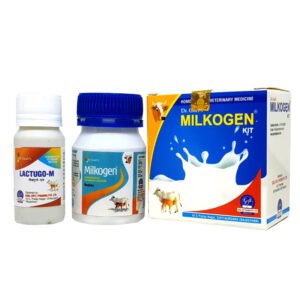 MILKOGEN KIT for Increasing Milk in Punganur Cow
MILKOGEN KIT for Increasing Milk in Punganur Cow
MILKOGEN Kit is an excellent Homeopathic Veterinary Medicine used in Cows and Buffaloes to increase milk yield naturally. It is a natural replacer of oxytocin hormone without any contraindications or side effects but with a definite increase in the milk yield. It increases the milk quantity and fat percentage of the milk to the full potential of an animal.
TEATASULE FIBRO GOLD KIT For Mastities Issue In Punganur Cow
TEATASULE FIBRO GOLD KIT is the best Homeopathic Veterinary Medicine for female animals in the case of chronic and clinical mastitis. TEATASULE FIBRO GOLD KIT is very effective in case of chronic or clinical mastitis when the udder is as hard as a stone, teats are shrunk with fibroids developed in the teats, and in teat cracks.
Marigold+ LSD-25 Kit For Lumpy Skin Diseases
Pyrosule-XP for High Fever in Cattle
PYROSULE-XP for CATTLE is the best Homeopathic Veterinary Medicine for Cattle that protects animals from infection. PYROSULE-XP relieves muscular and nervous pain that occurs during a fever and even decreases the severity of the fever.
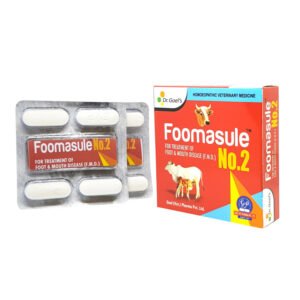 FOOMASULE NO. 2 for Foot and Mouth Disease
FOOMASULE NO. 2 for Foot and Mouth Disease

ProlapsGo For Prolaps Problem In Cattle
R.Bloatasule-XP For Bloating Issue in Cattle
Check out: – GOHEAL SPRAY
Check out: – HEMISEPT for CATTLE – 100ML

 Australian Shepherd
Australian Shepherd Beagle
Beagle Belgium Shepherd
Belgium Shepherd Bernese Mountain Dog
Bernese Mountain Dog Border Collie
Border Collie Boxer
Boxer Bulldog
Bulldog Cavalier King Charles Spaniel
Cavalier King Charles Spaniel Chihuahua
Chihuahua Cocker Spaniel
Cocker Spaniel Dachshund
Dachshund Doberman Pinscher
Doberman Pinscher Dogo Argentino
Dogo Argentino French Bulldog
French Bulldog German Shepherd
German Shepherd Golden Retriever
Golden Retriever Great Dane
Great Dane Himalayan Shepherd
Himalayan Shepherd Indie Dogs
Indie Dogs Labrador Retriever
Labrador Retriever Pakistani Bully
Pakistani Bully Pembroke Welsh Corgi
Pembroke Welsh Corgi Pitbull
Pitbull Pomeranian
Pomeranian Poodle
Poodle Pug
Pug Rottweiler
Rottweiler Shih Tzu
Shih Tzu Siberian Husky
Siberian Husky Yorkshire Terrier
Yorkshire Terrier Abyssinian
Abyssinian American Bobtail
American Bobtail American Shorthair
American Shorthair Balinese Cat
Balinese Cat Bengal Cat
Bengal Cat Birman
Birman Bombay Cat
Bombay Cat British Longhair
British Longhair British Shorthair
British Shorthair Burmese Cat
Burmese Cat Devon Rex
Devon Rex Exotic Shorthair
Exotic Shorthair Himalayan Cat
Himalayan Cat Maine Coon
Maine Coon Oriental Shorthair
Oriental Shorthair Persian Cats
Persian Cats Ragdoll
Ragdoll Scottish Fold
Scottish Fold Siamese Cat
Siamese Cat Siberian Cat
Siberian Cat Sphynx Cat
Sphynx Cat



















